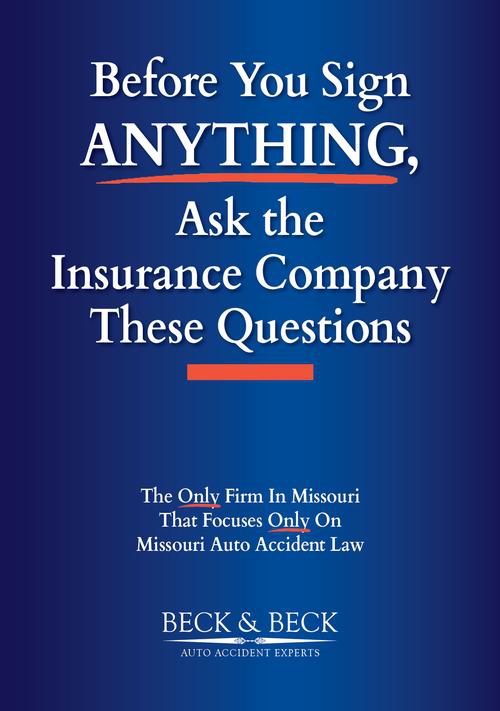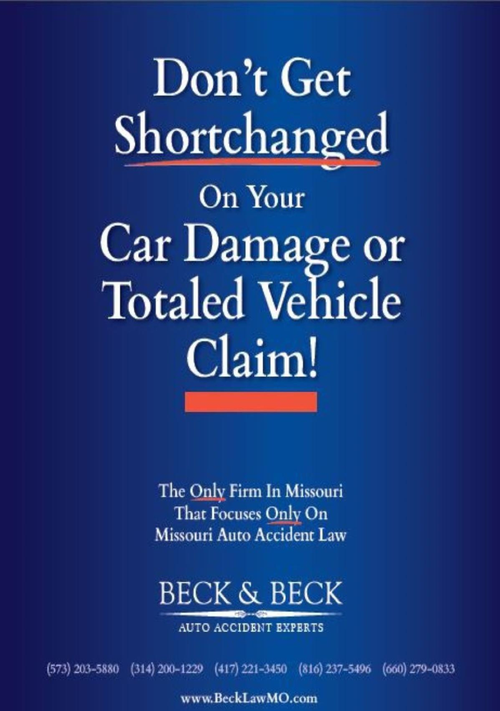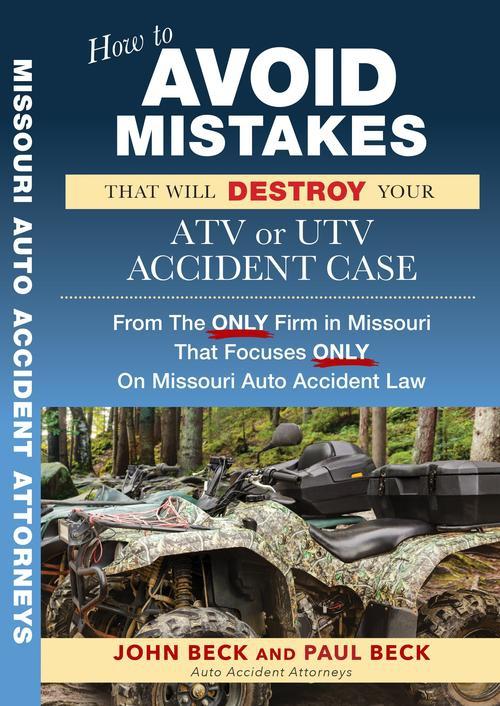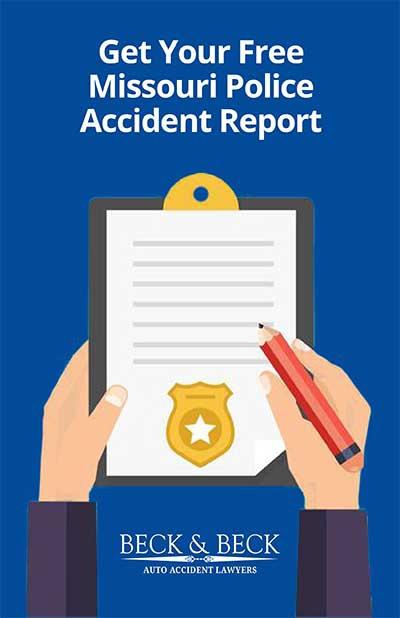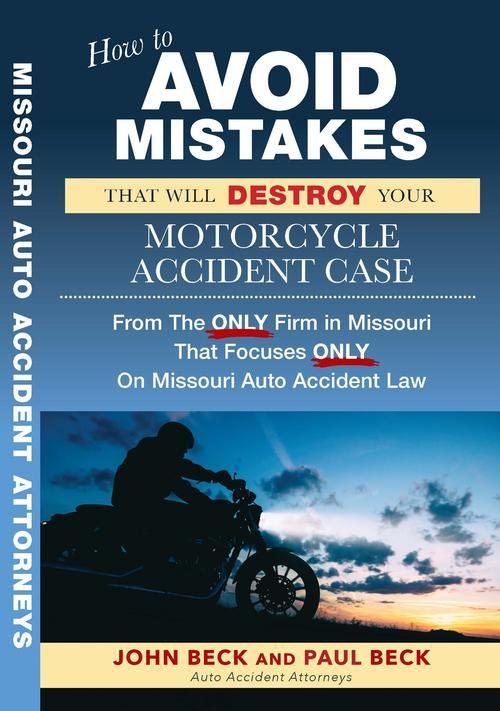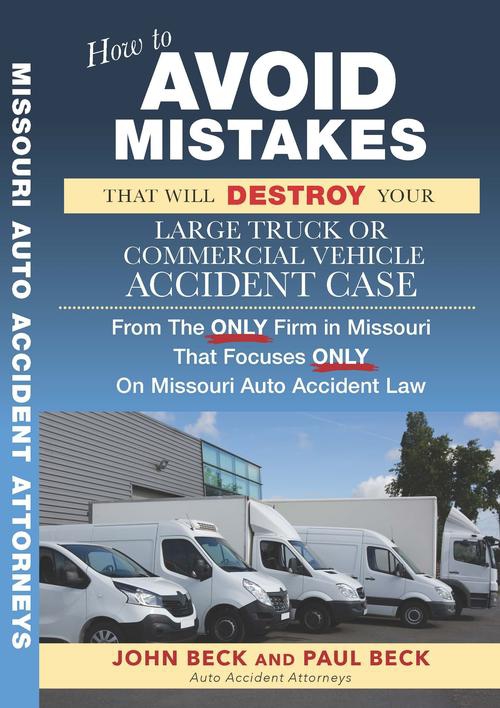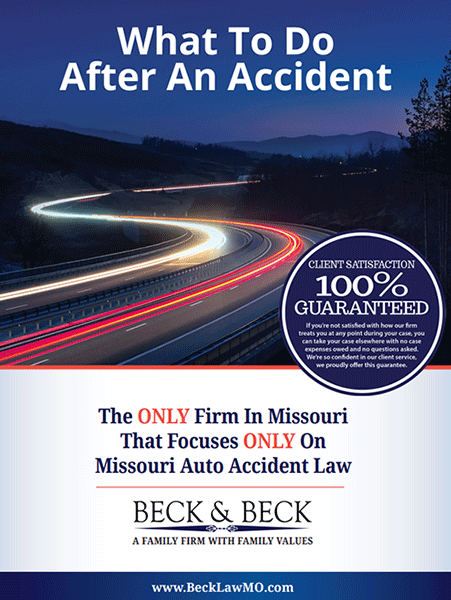In Missouri, Gap insurance is optional coverage that pays the difference between what your car is worth and what you still owe on your loan when your vehicle is totaled. This protection keeps you from being stuck with payments on a car you can no longer drive.
Here’s how it works in practice. If you owe more on your car loan than your insurer pays after a total loss, gap insurance can cover the remaining balance.
Gap insurance becomes essential when you’re “upside down” on your loan. This happens when you owe more than your car’s current value, which is common in the first few years of ownership when vehicles lose value quickly.
How Does Gap Insurance Work After A Total Loss?
When your car is totaled in an accident, your primary auto insurance pays you the vehicle’s actual cash value minus your deductible. Gap insurance then steps in to cover any remaining loan balance that your primary insurance didn’t pay.
The payment process follows a specific order. Your primary insurer pays the actual cash value first. Then gap insurance covers the remaining loan amount. Both payments typically go directly to your lender, not to you.
You can expect this timeline for gap insurance claims:
- Week 1-2: At the outset, your primary insurer will investigate the claim and determine whether the vehicle is a total loss
- Week 3-4: Within a few weeks, you may receive the actual cash value payment from your primary insurer.
- Week 5-6: Your gap insurer will process the claim after your primary insurer issues its settlement.
- Week 7-8: After processing, the gap insurer pays any remaining loan balance directly to the lender.
The length of the process varies depending on the specifics of the claim.
What Does Gap Insurance Cover And What It Does Not Cover?
Gap insurance has a specific purpose and clear limits. Understanding what’s covered helps you avoid surprises when filing a claim.
Gap insurance covers these situations:
- Loan deficiency: The difference between your car’s value and loan balance
- Total loss accidents: When repair costs exceed your car’s worth
- Theft: If your stolen car isn’t recovered
- Deductible: Some policies include this, but not all
Gap insurance does not cover:
- Minor repairs: Only applies to total loss situations
- Down payments: You won’t get this money back
- Extended warranties: These aren’t part of your loan balance
- Late fees: Penalties from missed payments aren’t covered
- Medical bills: Gap only handles property damage
Your gap policy works alongside your collision and comprehensive coverage, not instead of it. You still need full auto insurance for gap coverage to apply.
When Do Missouri Drivers Need Gap Insurance?
Gap insurance makes the most sense when you owe significantly more than your car’s current worth. This situation is common but not universal among Missouri drivers.
You should strongly consider gap insurance if you:
- Made a small down payment
- Financed with 60-month financing or longer
- Rolled negative equity from a previous loan
- Lease your vehicle
- Driving more than 15,000 miles annually is considered high annual mileage.
You can probably skip gap insurance if you made a large down payment or have a short loan term. In these cases, you likely owe less than your car’s value from the beginning.
New car buyers face the highest risk because vehicles lose value fastest in their first year. New cars typically depreciate soon after purchase.
How Do You File A Gap Insurance Claim?
Filing a gap claim starts immediately after your primary insurer declares your car a total loss. Don’t wait for the primary claim to close completely before contacting your gap provider.
Documents You Need
Your gap insurer will require specific paperwork to process your claim. Gathering these documents early prevents delays and speeds up your payout.
Essential documents include:
- Total loss settlement letter from your primary insurer
- Current payoff statement from your auto lender
- Police report if theft was involved
- Original vehicle purchase contract
- Copy of your gap insurance policy
Steps To Speed Approval
Contact your gap insurer the same day your primary company declares a total loss. Submit all required documents as soon as possible.
Stay in regular contact with all three parties involved. Your primary insurer, gap carrier, and lender need to coordinate information for your claim to move smoothly.
Follow up weekly on your claim’s progress. Squeaky wheels get attention, and your persistence can prevent your file from sitting idle on someone’s desk.
How Do Missouri Total Loss And ACV Rules Affect Gap?
Missouri 80% law requires insurers to declare a vehicle totaled when repair costs reach 80% of its fair market value. This threshold determines when your gap coverage can be used.
Your insurer calculates actual cash value based on your car’s condition, mileage, and comparable vehicle sales in your area. This ACV becomes the baseline for determining how much gap coverage you need.
The ACV calculation directly impacts your out-of-pocket costs. A higher ACV means less gap between the insurance payout and your loan balance.
How Can You Maximize Your ACV Payout In Missouri?
Don’t accept your insurer’s first valuation offer without question. You have the right to negotiate for a higher amount, which reduces the gap you might owe.
Negotiation Tips That Work
Research is your best weapon when challenging an ACV determination. Insurance companies expect some pushback and often start with conservative offers.
Effective negotiation strategies include:
- Maintenance records: Show regular upkeep to prove your car’s excellent condition
- Recent repairs: Document new parts or major work done in the past year
- Comparable sales: Find similar vehicles selling for higher prices in your area
- Professional appraisal: Hire an independent appraiser if the gap is significant
Present your evidence professionally and persistently. Insurance adjusters deal with many claims daily, so clear documentation helps your case stand out.
Most insurers will negotiate rather than face a formal dispute process. A reasonable counteroffer backed by solid evidence often succeeds.
What If You Do Not Have Gap Insurance?
Without gap coverage, you’re personally responsible for any difference between your insurance payout and your loan balance. This debt doesn’t disappear just because your car was totaled.
You’ll need to continue making loan payments on a vehicle you can no longer drive. This financial burden can last for months or even years depending on how much you owed.
Your options include negotiating a payment plan with your lender or refinancing the remaining debt. Some lenders will work with you, especially if you explain your situation clearly.
Our experienced Missouri car accident attorneys can help maximize your ACV payout. Even a few thousand dollars more from your primary insurer can significantly reduce what you owe.
Who Gets Paid First When Your Car Is Totaled?
The payment hierarchy follows a strict order when your car is declared a total loss. Understanding this process helps you know what to expect and when.
Your primary auto insurance sends the ACV check directly to your lender, not to you. This happens because your lender holds a security interest in the vehicle until the loan is paid off.
Your lender applies this payment to your outstanding loan balance first. If gap insurance is involved, that payment also goes directly to the lender to cover any remaining amount.
Only after your loan is completely satisfied would any leftover money come to you. In most gap situations, there’s no money left over because the goal is to pay off the exact loan balance.
How Does Gap Fit With Fault And Coverage In Missouri?
Missouri’s fault-based insurance system means the at-fault driver’s insurance should pay for your totaled vehicle. However, gap coverage can still be important even when someone else caused your accident.
The at-fault driver’s property damage liability might not cover your full vehicle value. Policy limits vary widely, and many drivers carry only minimum coverage amounts.
Missouri’s pure comparative negligence rule can also affect your payout. If you’re found partially at fault for the accident, your compensation gets reduced by your percentage of blame. This reduction can create or increase the gap between insurance payments and your loan balance.
Your gap insurance works regardless of who caused the accident. Whether you use your own collision coverage or collect from the other driver’s liability insurance, gap coverage applies the same way.
Act Fast – Get Help With Your Total Loss And Gap Claim
Dealing with a totaled car while managing injuries creates overwhelming stress. Insurance companies know you’re vulnerable and may try to minimize their payouts during this difficult time.
At Beck & Beck Missouri Car Accident Lawyers, we’re the only Missouri firm focusing exclusively on auto accident cases. We understand how total loss claims work and know the tactics insurers use to avoid paying fair settlements.
Our experienced attorneys coordinate with your primary insurer, gap carrier, and lender to protect your interests. We have a proven track record helping Missouri accident victims and can help maximize your recovery.
Contact us today for a free consultation.
Gap Insurance FAQs
Does Missouri Gap Insurance Cover Your Collision Deductible?
Some gap policies include deductible coverage, but many don’t. Check your specific policy terms to see if your deductible is covered when your car is totaled.
Will Gap Insurance Reimburse Your Down Payment On A Totaled Car?
No, gap insurance doesn’t reimburse down payments or cover dealer add-ons like extended warranties. Gap only covers the loan balance difference after your primary insurance pays.
Who Actually Receives The Gap Insurance Check After A Total Loss?
Your gap insurance company sends payment directly to your auto lender, not to you. This money pays off your remaining loan balance after your primary insurance payment.
How Long Does A Gap Insurance Claim Take To Process In Missouri?
Processing time for gap claims varies depending on the insurer and the completeness of your documentation.
Does Gap Insurance Cover Negative Equity From Your Previous Car Loan?
Most gap policies cover negative equity you rolled into your current loan, but check your policy for coverage limits. Some policies cap the total amount they’ll pay.
Can You Cancel Gap Insurance And Get Money Back In Missouri?
Yes, you can usually cancel gap coverage and receive a prorated refund, especially if you bought it from a dealership. Contact your gap provider to start the cancellation process.
Are You Still Responsible For Late Fees With Gap Insurance?
Gap insurance only covers your loan’s principal balance, not penalties or fees. You’re still responsible for any late payment charges or other loan penalties that accumulated.
Can You Pursue Additional Property Damage Claims Beyond Gap Coverage?
Gap insurance only covers loan deficiency, but you may have separate claims against at-fault drivers for other losses like diminished value or rental car expenses.
When Does Gap Insurance Not Apply To Missouri Total Loss Claims?
Gap coverage doesn’t apply if your car isn’t declared a total loss, if you don’t have comprehensive or collision coverage, or if you’re behind on gap insurance premium payments.

